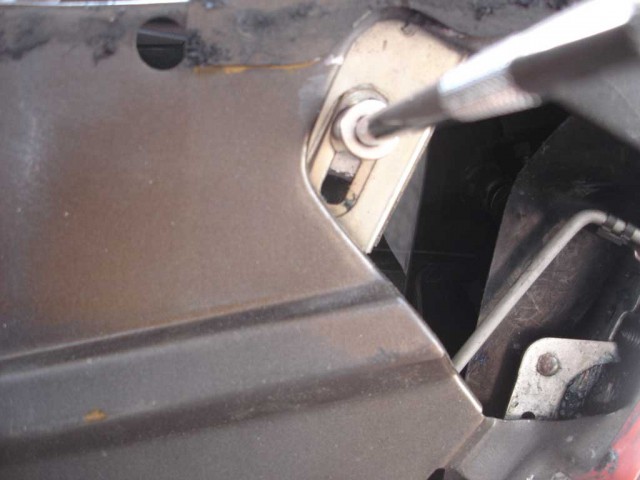C5 Window Height Adjustment
Window Adjustment 101 Door Window Height Adjustment (Major) Door Window Height Adjustment (Minor) Door Window Tip-In Adjustment Baseline Setting. Read the tech article on Window adjustments on 1984 to 1990 Corvettes, brought to you by the experts at Corvette Fever Magazine.
Like building a good foundation of a house, the first place to start when you modify your C5 is the suspension. The very first thing you need to do is determine how you are going to use your Corvette. The way you drive your car determines what kind of suspension modifications are best suited for you. For example, if you plan on taking long weekend trips to the country, you want a smooth-riding car that is fast and comfortable.
If this car is only to be used as a drag car, you want to get maximum weight transfer over the rear wheels. Finally, if you plan on attending track events or road races with your C5, then you need to concentrate on balance and neutral handling. As mentioned in Chapter 2, C5 Corvettes were available with five suspension options during their eight-year production. Two were performance oriented (Z51 and FE-4) cars designed for autocrossing and weekend road-racing track events. This Tech Tip is From the Full Book ““. For a comprehensive guide on this entire subject you can visit this link: SHARE THIS ARTICLE: Please feel free to share this post on Facebook / Twitter / Google+ or any automotive Forums or blogs you read.
You can use the social sharing buttons to the left, or copy and paste the website link: Fifth-generation Corvette suspensions were built with four major components: shocks, sway bars, springs, and an aluminum controlarm suspension system. All Corvettes have been fitted with aluminum upper and lower-control arms and suspension uprights since 1984. The materials are lightweight and durable. The suspension uprights are interchangeable in the front and rear because they are the same design, but the front and rear control arms are different. The control arms are referred to as an unequal-length design. That means the upper and lower arms are different lengths.
This design is found on all fifth-generation Corvettes. Corvettes are well known for their outstanding handling, and this unequal-length control arm design is one of the reasons. Composite transverse leaf springs were first fitted to Corvettes in the rear of all 1981 models. Lightweight and inexpensive to build, these springs eliminate the coil steel springs usually found in most car suspensions. Another advantage of composite springs is that the suspension height can be adjusted by turning the ride-height screws.
These screws are located at the corners of each front and rear spring. Front composite springs were introduced to Corvette in 1984. All Corvettes built since 1984 have composite front and rear springs. While all C5 composite springs look the same, their differences are found in their spring rates. Mydac for delphi 7 crack full version free.
In other words, how stiff is each spring? Base suspension cars have the lightest spring rates, and the 2004 Commemorative Edition Z06 has the stiffest spring rates. All Z06 models were equipped with a 10-percent stiffer spring than the Z51 handling package. This added roll stiffness and reduced rear squat under hard acceleration. The stiffer the spring, the more firm the ride.
